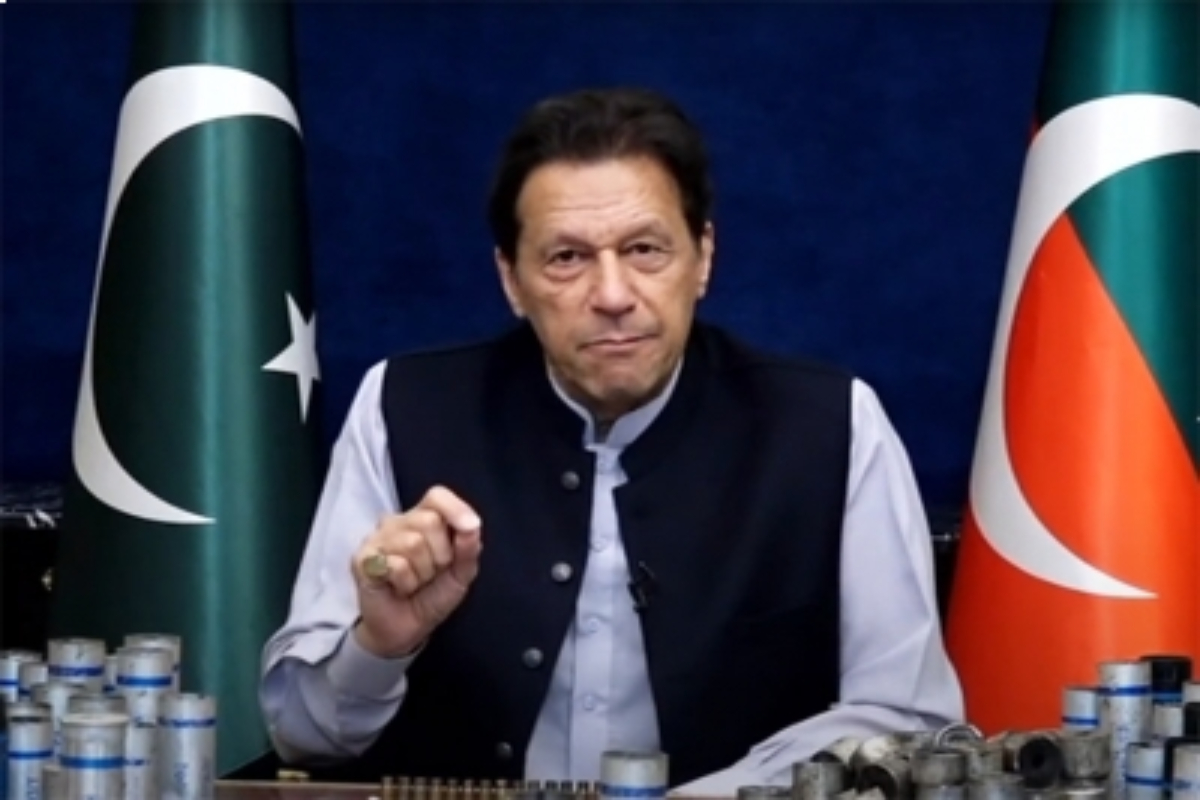Pakistan’s ongoing political unrest has entered a new phase, with violent clashes between police and supporters of former Prime Minister Imran Khan. The intensity of the confrontations ~ leaving over 80 police personnel injured ~ reveals the deepening divide between Mr Khan’s supporters and the ruling coalition. The situation is more than a mere protest. It has become a reflection of the power struggle in Pakistan, where political dynamics, law enforcement, and democratic freedoms are colliding with an uncertain outcome. The backdrop of these events is significant.
Mr Khan, who remains in jail, continues to wield enormous influence, particularly in areas like Khyber-Pakhtunkhwa, where his party, Pakistan Tehreek-e-Insaf (PTI), retains power. His supporters, defiant and determined, are pushing for his release while simultaneously challenging the authority of the current government. In the midst of this, Islamabad has taken centre-stage as both the physical and symbolic arena of conflict. The red zone, housing Parliament and key foreign embassies, represents the stakes of this struggle. For Mr Khan’s supporters, it is not just a protest against his imprisonment; it is a statement about reclaiming political space. What is especially notable is how the authorities have responded. Islamabad has been sealed off, with cell phone services blocked, and the army has been deployed to maintain control. The government is clearly concerned about the protests escalating, particularly in light of the upcoming diplomatic events, including the Shanghai Cooperation Organisation (SCO) conference which India’s External Affairs Minister S. Jaisjankar is to attend. The fear that protesters might disrupt these events has added an international dimension to what might otherwise seem a domestic political issue. A failure to manage these protests could not only destabilise Pakistan internally but also tarnish its image globally. One key aspect of this conflict is the delicate balance between law enforcement and restraint. The government has instructed police not to carry weapons to prevent the situation from spiraling further into violence. This reflects an understanding that the problem could easily escalate if met with more force. However, this approach has a double-edged nature. On one hand, it prevents immediate bloodshed.
Advertisement
On the other, it exposes law enforcement officers to greater risk, as seen with the high number of injuries among police personnel. The government’s dilemma is evident ~ how to maintain order without igniting an uncontrollable wave of violence. On the other side, Mr Khan’s party has insisted that its gatherings are peaceful, yet the clashes tell a different story. The increasingly confrontational tone of the protests signals a potential tipping point. The defiance of Mr Khan’s supporters, even in the face of government warnings, suggests a widening gulf between the people and the state. If not managed with care, this could lead to more sustained unrest. The stakes are high for Pakistan. The country is walking a tightrope, with domestic stability and its international standing at risk.









